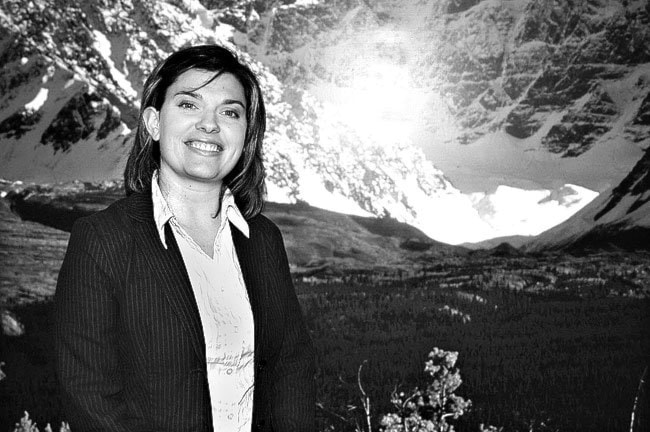In modern movies journalists are often portrayed unfavourably.
They’re shown as aggressive reporters waving a microphone in the lead character’s face, or as eavesdropping paparazzi ruining lives for a sensational story.
It seems things haven’t changed much since the 1800s.
In the 1880s working as a journalist was so disreputable that one of Canada’s first top female journalists, Alice Freeman, had to write under a pseudonym, Faith Fenton.
Freeman had a day job working as a schoolteacher and in order to keep that job she had to hide the fact that she and Fenton - a rising star in journalism and champion for women’s rights - were the same person.
For 19 years she kept her double life, travelling to work on stories during the summer months.
By 1894, Fenton had made enough connections through journalism to allow her to quit her full-time job as a schoolteacher to focus on writing.
One year later she became the editor of the Canadian Home Journal, and Canada’s first female editor.
Like other reporters of the time Fenton followed the stampeders to the Yukon to report on the most exciting event of the late-1800s - the Klondike Gold Rush.
Fenton travelled with the Yukon Field Force and four nurses, sent to tend to the soldiers and to the gold miners toiling on the Yukon creeks.
They followed the Stikine Route through British Columbia and Fenton wrote about the colourful characters they encountered along the way.
“Mining engineers who know the world as a very little place; surveyors, moneyed spectators, traders, working miners with just enough to carry them through; and men of shady dress and shadier faces weave a medley passenger list on any vessel bound for the Klondike,” Fenton wrote in her dispatches to the Toronto Globe newspaper.
“A number of the miners are selling their outfits and returning home. Others, with scant supplies and scanter bedding strapped on their backs, are starting their weary way over the 150-mile trail; but the larger portion are still waiting at Glenora…”
At Glenora Fenton caused a stir when she put on her walking skirt to make the 240-kilometre trek to Teslin Lake.
“When Faith donned her walking skirt in Wrangell, the commander of the Yukon Field Force, Lieutenant-Colonel Thomas Evans, may have also regretted the decision to allow women to accompany his troops,” wrote Frances Backhouse in the book Women of the Klondike.
“Although the skirt came down well below her knees, she did not hide her lower legs with bloomers and gaiters as the nurses did.
“The bachelor colonel was too embarrassed to approach Faith about the delicate subject of her exposed ankles himself, so he delegated the task to Mrs. Starnes (who was the wife of a North-West Mounted Police officer).
“The problem was solved by sewing a band of material to the hem of Faith’s skirt.”
When she arrived in Dawson the Klondike Nugget newspaper called her: “a brilliant Canadian writer of magazine and newspaper fame.”
Fenton settled in Dawson for the winter and began reporting. Only problem was the slow mail service in and out of the booming frontier town.
In one case, Fenton wrote about a hanging before it took place and sent her article off to make her editor’s deadline in Toronto.
The next day Col. Sam Steele postponed the hanging for four months and Fenton had to send a runner to stop the sleigh that was carrying her story south.
By the end of winter Fenton had fallen in love with Dawson and decided to stay.
She also fell in love with the territory’s medical health officer and the pair were wed in 1900.
They stayed in Dawson for five more years and Fenton continued to write shorter pieces for the Globe.
In an interview at the time Fenton reportedly said that “she was much more interested in being the wife of her husband than in literary work and that she only consents to take up her pen under strong pressure of unusually interesting circumstances.”
Fenton died in 1936, four days short of her 79th birthday.
This column is provided by the MacBride Museum of Yukon History. Each week it will explore a different morsel of Yukon’s modern history. For more information, or to comment on anything in this column e-mail lchalykoff@macbridemuseum.com.
